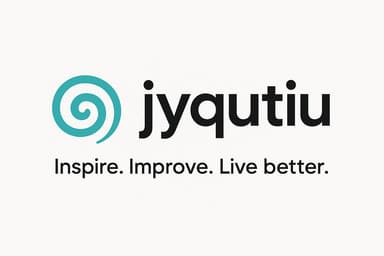Effective time management strategies to boost productivity and reduce stress
Introduction
Time management is more than making to-do lists; it’s the practical art of choosing what to work on, when, and how. In a world of constant notifications and competing demands, effective time management improves output while lowering anxiety. This article explores strategies that move beyond generic advice, combining priority setting, practical planning techniques, energy management, and the right tools to keep momentum. Each section builds on the last so you can create a system that fits your rhythm rather than forcing you into a one-size-fits-all routine. Whether you’re a knowledge worker, a student, or running a small business, these actionable methods aim to increase focus, protect time, and reduce the stress that comes with chronic busyness.
Understand priorities and set clear goals
Before applying any technique, clarify what matters. Poor results often come from being busy with low-value tasks. Use these steps to align time with outcomes:
- Identify core outcomes: List the 3 to 5 results that matter most this week or quarter. Keep them visible.
- Use the Eisenhower approach: Categorize tasks by urgent vs important. Delegate or delete the rest.
- Break goals into milestones: Convert outcomes into concrete actions with deadlines so tasks stop floating in the “maybe” zone.
- Set limits: Give yourself a maximum number of priority tasks per day – quality beats quantity.
When priorities are explicit, planning becomes simpler and decision fatigue drops. Revisit your list weekly and adjust based on results and new information.
Plan your time with intention
Planning is the bridge between goals and execution. Adopt techniques that shape your day rather than letting distractions decide it.
- Time blocking: Reserve chunks of time for specific types of work (deep work, admin, meetings). Treat blocks as appointments.
- Daily top three: Each morning, pick three tasks that, if completed, would make the day a success.
- Batch small tasks: Group similar short activities – email, calls, invoices – and do them in one focused session to reduce context switching.
- Protect your calendar: Build buffers between meetings and decline meetings without clear agendas or outcomes.
Practical tip: schedule your highest-value work during your peak energy window. If you’re a morning person, block mornings for deep tasks and afternoons for collaborative or lower-focus tasks.
Manage energy and sustain focus
Time management fails when energy is ignored. You can plan perfectly and still underperform if your brain is drained. Focus on energy rhythms and environmental design.
- Respect ultradian cycles: Work in 60 to 90-minute stretches, then take a 10 to 20-minute break to recharge.
- Use single-tasking: Remove multitasking by closing unused tabs and silencing notifications during focus blocks.
- Design your space: Make a dedicated area for concentration with minimal visual clutter and reliable lighting.
- Healthy routines: Prioritize sleep, hydration, short exercise, and regular meals. Small physiological wins compound into better focus.
Micro-habits like two-minute resets (stretch, breathe, water) during breaks can reduce accumulated stress and keep attention steady over long projects.
Use tools and habits to maintain progress
Tools and habits convert sporadic decisions into automatic behavior. Choose simple systems that reduce friction and increase accountability.
- Choose a planning tool: Use a single calendar plus one task manager to avoid fragmentation. Sync deadlines and reminders.
- Weekly review: Spend 20–30 minutes each week reviewing priorities, clearing inboxes, and updating plans.
- Accountability loops: Share goals with a colleague, coach, or small group and set short check-ins to report progress.
- Limit context switches: Aim for four to six focus blocks per day instead of continuous task hopping.
Below is a simple comparison of common techniques to help you pick what to try first.
| Technique | Typical time saved per week | Stress reduction (1-10) | Best use case |
|---|---|---|---|
| Time blocking | 4–8 hours | 7 | Knowledge work, project phases |
| Batching | 2–6 hours | 6 | Routine tasks, admin |
| Weekly review | 1–3 hours | 8 | Planning, alignment |
| Accountability check-ins | Varies | 6 | Goal progress, motivation |
Start small: test one method for two weeks and measure the impact. Combine techniques — for example, pair time blocking with weekly reviews for compounding gains.
Conclusion
Effective time management reduces stress by making choices explicit, protecting concentrated work, and aligning tasks with energy cycles. Start by clarifying your top outcomes, then translate them into a plan using time blocking, batching, and a daily top-three rule. Sustain progress by managing energy—take regular breaks, single-task, and design a workspace that supports focus. Reinforce behavior with simple tools and a weekly review to keep priorities current. Small, consistent changes typically beat sweeping overhauls: adopt one practice, measure its effect, and layer the next. Over time these methods create predictable progress, less last-minute rush, and a calmer, more productive workflow.
Image by: Yan Krukau
https://www.pexels.com/@yankrukov




